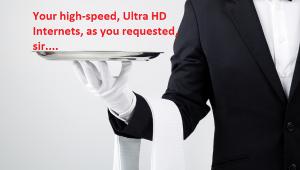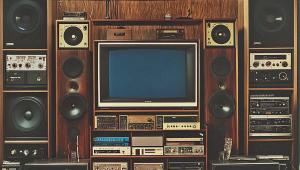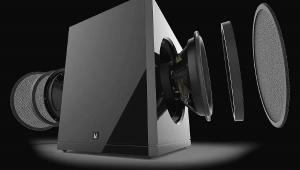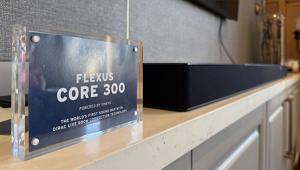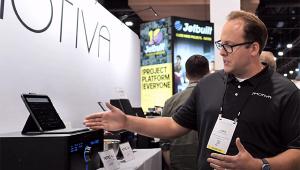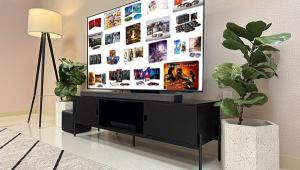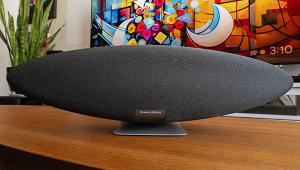Power Play Page 2
It makes sense that home power lines can be a convenient carrier of audio and video signals. But what about all that damn electricity? That's precisely the beast that had to be tamed by the HomePlug Alliance, a consortium of companies - including Intel, Motorola, Samsung, Sharp, and Sony - that came up with the standards to make those wires hum.
Bell Labs, IBM's research centers, and other companies have been exploring this concept since the 1950s. The biggest problem has been figuring out how to get the data through the wires without interference - sort of like trying to swim the Amazon during piranha mating season. The breakthrough - as with practically everything these days - came with going digital.
The analog signal has to be digitized, then divided into "symbols" small enough to sneak past those crackling bursts of noise in the pipes. Each symbol is then "error-coded" (algorithms, collision protection - you don't want to know) and sent out on 76 channels within the 4.5- to 21-megahertz band, before being reassembled (with error correction) on the other side and turned back into an analog signal. And if reading that tires you, think about how pooped those poor little symbols feel.
RUNNING INTERFERENCE
Is it flawless? We can't say for sure. The Marantz DAvED system that John Sciacca tested didn't get along with his wife's hair dryer (see review) - but Marantz went with a totally different technology from the standard championed by the HomePlug Alliance. And I came across the following two comments when I checked out RadioShack.com's customer review page for the Accurian speakers. Bradley B. of Seattle wrote, "Sounds great until there is the occasional interference. I found that plugging it in circuits not used by computers cleans up the sound a lot." And Cody B. of Maryland said, "Very good audio output but too much static and interference that cause distortion of sound .... Volume breaks up any time any electrical equipment in the household is in use - e.g., air conditioner, heating system, refrigerator." But it should be noted that the RadioShack units use the older HomePlug 1.0 technology, which limps along at a piddling 14 megabits per second, not the brand-new HomePlug AV spec, which zooms through at 200 Mbps.
"There are so many variables," says Kurt Scherf, a networking expert and principal analyst for Parks Associates. "The HomePlug guys did their homework, and their tests had excellent results. But that doesn't mean it's going to work for everybody. It depends on how the home is wired, how close the wires run to each other, and the use of other electrical appliances."
Logvinov notes that the Alliance claimed a 99% success rate after testing HomePlug AV in 500 homes in both the U.S. and Canada. He also makes bold promises about the future of HomePlug AV (a variety of products is expected to start appearing on shelves by the end of this year). He says this gear is "designed specifically to deliver audio and video content and provides you with an effectively error-free channel. Video will never flicker, audio will never click, and you will always have access to content you want."
And that also goes for multiple streams of 1080p-resolution high-def video. In fact, HomePlug Alliance tests concluded that a home electrical system could sustain an HDTV signal, a couple of standard-def TV signals, and a few audio, VOIP phone, and Internet signals before maxing out on bandwidth. That means that a DVR with a big hard drive could easily feed the whole house. And HDMI connections could be a thing of the past when all you have to do to hook up a DVD player to your receiver and TVs is plug it into the wall. (But you don't even need a receiver if you use powered speakers with DSP and do all your switching through a remote control.)
- Log in or register to post comments
